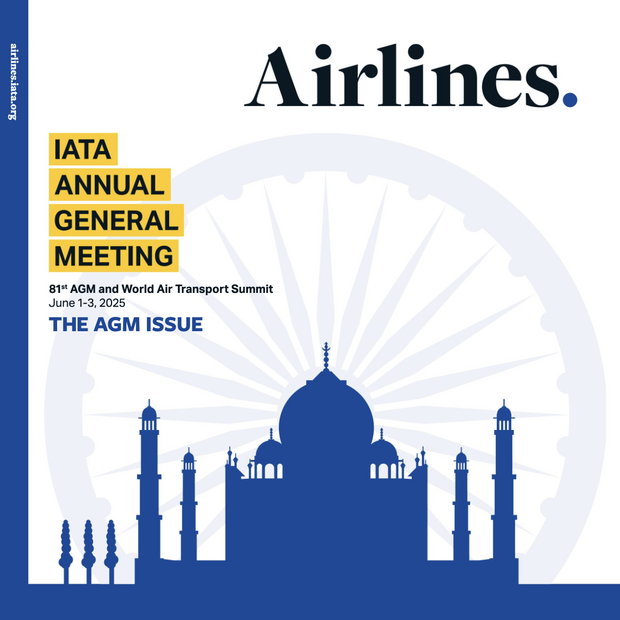
Translations:
Les réserves de trésorerie des compagnies aériennes fondent rapidement (pdf)
La falta de liquidez inmediata amenaza a las aerolíneas (pdf)
国际航协:航空公司第二季度或陷“烧钱”困境 (pdf)
شركات الطيران تواجه خسائر كبيرة في الاحتياطات المالية لها (pdf)
The International Air Transport Association (IATA) published new analysis showing that airlines may burn through $61 billion of their cash reserves during the second quarter ending 30 June 2020, while posting a quarterly net loss of $39 billion.
This analysis is based on the impact assessment IATA released last week, under a scenario in which severe travel restrictions last for three months. In this scenario, full-year demand falls by 38% and full-year passenger revenues drop by $252 billion compared to 2019. The fall in demand would be the deepest in the second quarter, with a 71% drop.
The impact will be severe, driven by the following factors:
- Revenues are expected to fall by 68%. This is less than the expected 71% fall in demand due to the continuation of cargo operations, albeit at reduced levels of activity
- Variable costs are expected to drop sharply—by some 70% in the second quarter—largely in line with the reduction of an expected 65% cut in second quarter capacity. The price of jet fuel has also fallen sharply, although we estimate that fuel hedging will limit the benefit to a 31% decline.
- Fixed and semi-fixed costs amount to nearly half an airline’s cost. We expect semi-fixed costs (including crew costs) to be reduced by a third. Airlines are cutting what they can, while trying to preserve their workforce and businesses for the future recovery.
These changes to revenues and costs result in an estimated net loss of $39 billion in the second quarter.
On top of unavoidable costs, airlines are faced with refunding sold but unused tickets as a result of massive cancellations resulting from government-imposed restrictions on travel. The second quarter liability for these is a colossal $35 billion. Cash burn will be severe. We estimate airlines could be burning through $61 billion of their cash balances in the second quarter.
“Airlines cannot cut costs fast enough to stay ahead of the impact of this crisis. We are looking at a devastating net loss of $39 billion in the second quarter. The impact of that on cash burn will be amplified by a $35 billion liability for potential ticket refunds. Without relief, the industry’s cash position could deteriorate by $61 billion in the second quarter,” said Alexandre de Juniac, IATA’s Director General and CEO.
Several governments are responding positively to the industry’s need for relief measures. Among countries providing specific financial or regulatory aid packages to the industry are Colombia, the United States, Singapore, Australia, China, New Zealand and Norway. Most recently, Canada, Colombia, and the Netherlands have relaxed regulations to allow airlines to offer passengers travel vouchers in place of refunds.
“Travel and tourism is essentially shut down in an extraordinary and unprecedented situation. Airlines need working capital to sustain their businesses through the extreme volatility. Canada, Colombia, and the Netherlands are giving a major boost to the sector’s stability by enabling airlines to offer vouchers in place of cash refunds. This is a vital time buffer so that the sector can continue to function. In turn, that will help preserve the sector’s ability to deliver the cargo shipments that are vital today and the long-term connectivity that travelers and economies will depend on in the recovery phase,” said de Juniac.
Read Alexandre de Juniac's speech
Check the COVID-19: cash burn analysis presentation (pdf) by Brian Pearce, IATA's Chief Economist
For more information, please contact:
Corporate Communications
Tel: +41 22 770 2967
Email: corpcomms@iata.org
Notes for editors:
- IATA (International Air Transport Association) represents some 290 airlines comprising 82% of global air traffic.
- You can follow us at https://twitter.com/iata for announcements, policy positions, and other useful industry information.
- See table below for latest economic impact figures for selected European states

